Every high-profile murder case gets its share of false confessors. The police have no choice but to check them out, no matter how ludicrous the claim is. It is frustrating for investigators to travel down dead-ends, but they never know from where, or from whom, a break will come.

In late January 1947, two female confessors contacted LAPD detectives to confess their guilt. Minnie Sepulveda telephoned LAPD’s University Station from a bar. She said, “I just stabbed a girl. I killed Elizabeth Short.” They quickly dismissed her claim. Police also dismissed Emily Williams’ confession. Williams, a former WAC, suffered from an undescribed mental ailment.
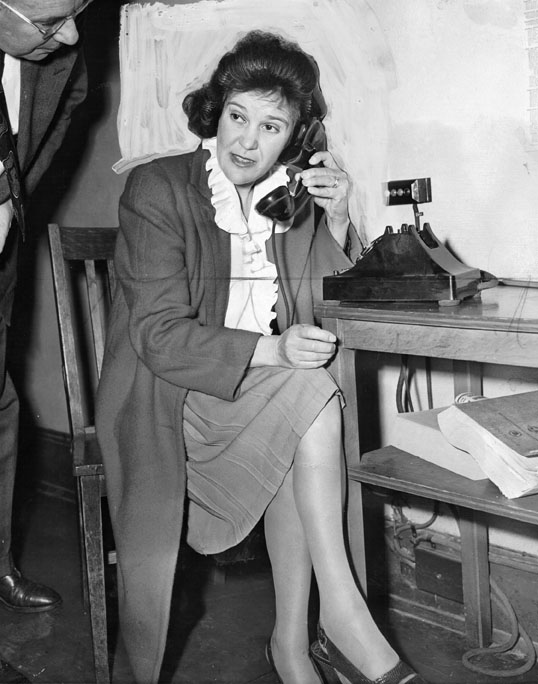
The confessions kept coming.
Thirty-three-year-old Daniel Voorhees of Phoenix, Arizona, telephoned the LAPD homicide squad room and told them he murdered Elizabeth Short. He said he would surrender to them at the corner of 4th and Hill downtown. At first, he refused to elaborate on his claim. Detective Lieutenant Charles King, with Dr. Paul De River, police psychiatrist, postponed a lie detector test until Voorhies recovered from his “bewildered and befuddled” state.

Voorhees said he arrived in town on January 15 and checked into a hotel at 1012 E. Seventh Street at 10:45 a.m. He checked out the next day. He said he met Short on Hill Street “two weeks ago” (about the time of the murder) and took her for a ride on a Wilshire bus. He claimed he dated Short in 1941. Not only was she a 16-year-old schoolgirl in 1941, she didn’t arrive in Los Angeles until 1943. In his confession note, Voorhees misspelled his alleged victim’s last name. Police, who never actually believed his ramblings, released him.

Marvin Hart, a thirty-five-year-old physical culture instructor, didn’t learn his lesson from the war-time mantra, “Loose Lips Sink Ships.” The drunk chatterbox told a taxicab driver, “Get me out of here; I have just killed a man.” The driver picked Hart up on Wilshire near the Los Angeles Country Club and drove him to a rooming house at 1842 N. Cherokee Street in Hollywood. The same building in which Short lived for a time. Rattled, the taxi driver went to the police and gave his statement.
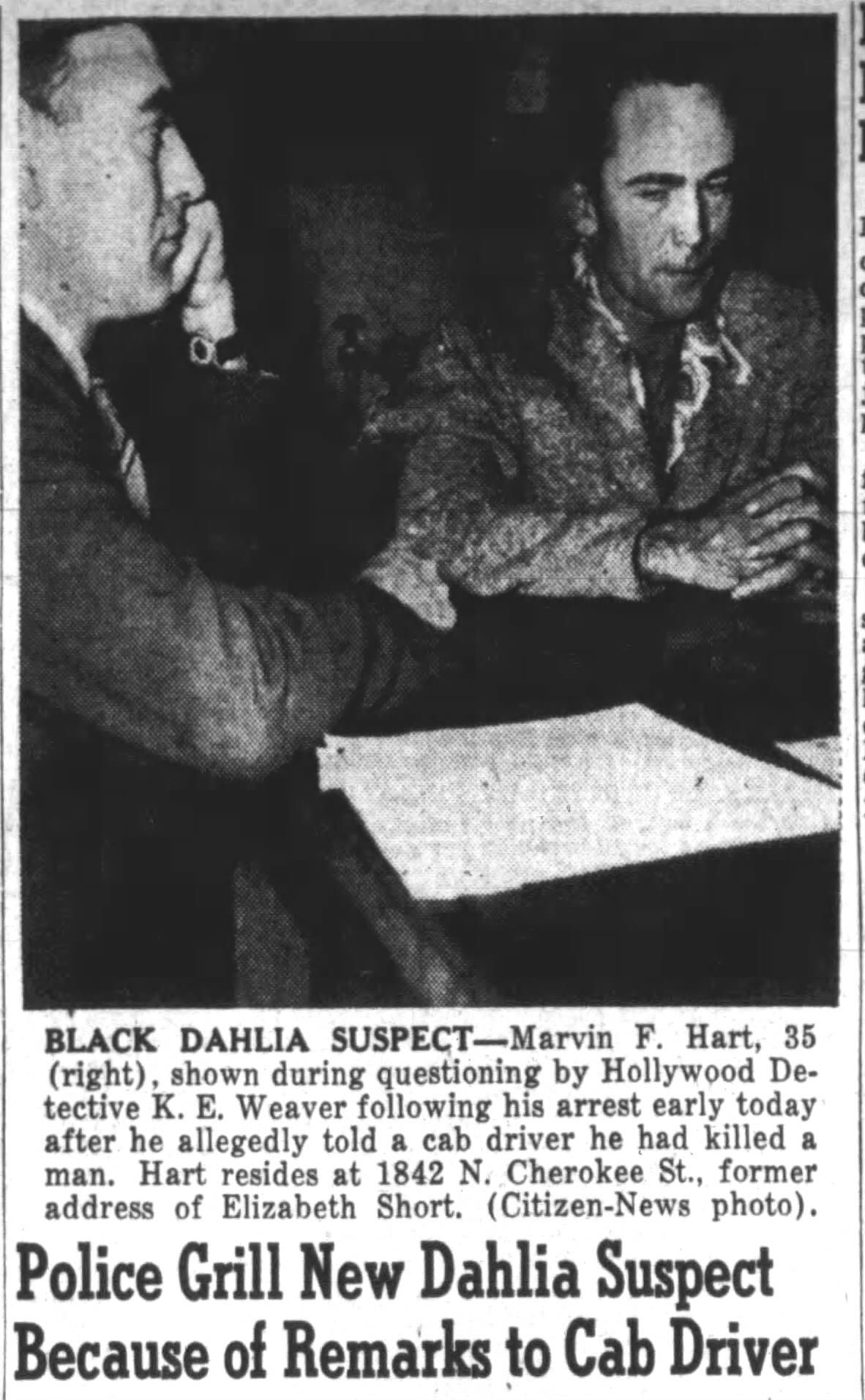
Detectives brought Hart in for questioning. That he lived in the same building as Short and took her out a few times piqued their interest. They asked him to explain nis torn coat. “I had a fight with my girlfriend. We were at a party in West Los Angeles last night, and I guess I got pretty drunk.”

Hart was a bone-headed blabbermouth, but he wasn’t a killer.
LAPD Vice Squad officers arrested Altadena resident Hugh Torbert Jr., on April 17, after trailing him and a female companion to a downtown hotel. While the officers waited for the perfect moment to break down the door and make a bust, they overheard Torbert tell the woman with him he knew Short, but didn’t want to get involved in the investigation.
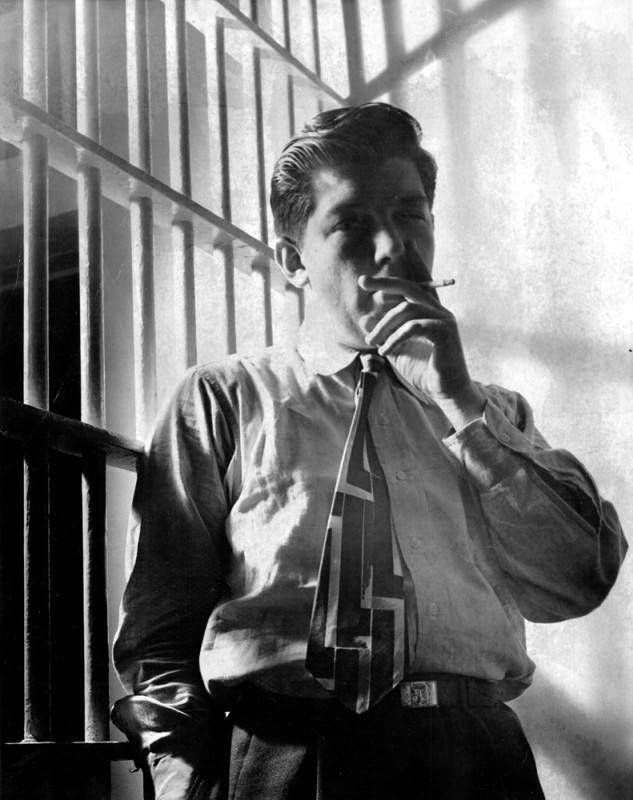
Captain Jack Donohoe, head of LAPD’s homicide detail, checked into Torbert’s background. Torbert was in the Army and served at Camp Cooke, where Short worked at the Post Exchange. Tantalizing bits of information; leading to another blind alley.
One confessor made front page news. Joseph Dumais.
The February 8, 1947 edition of the Herald, announced that the army had the Black Dahlia’s killer in custody.

The Herald story began with a definitive statement. “Army Corporal Joseph Dumais, 29, of Fort Dix, N.J., is definitely the murderer of the Black Dahlia, army authorities at Fort Dix announced today.”
Dumais, a combat veteran, returned from leave wearing blood-stained trousers with his pockets crammed full of clippings about Short’s murder. According to the Herald, Dumais made a 50-page confession in which he claimed to have had a mental blackout after dating Elizabeth Short in Los Angeles five days before Betty Bersinger discovered the body.
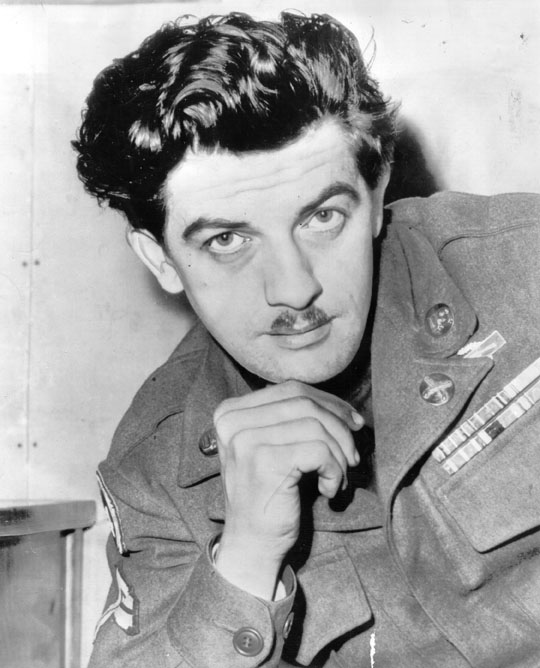
The good-looking corporal seemed like the real deal. He told the cops, “When I get drunk, I get pretty rough with women.” Unfortunately, when police checked his story against known facts, the confession didn’t hold up. The Army sent Dumais to a psychiatrist.
Time passed, and the investigation faded from the headlines. So, too, did the steady stream of confessors.
On November 8, 1950, a thirty-five-year-old movie bit player and member of the Screen Actor’s Guild, Max Handler, became the twenty-fifth person to confess to murdering Elizabeth Short (one man confessed four times).
Handler phoned LAPD homicide and said he was “cracking up.” In his signed confession, he said, “I killed the Black Dahlia girl, for which I am sorry.” He said he didn’t recall committing the murder.
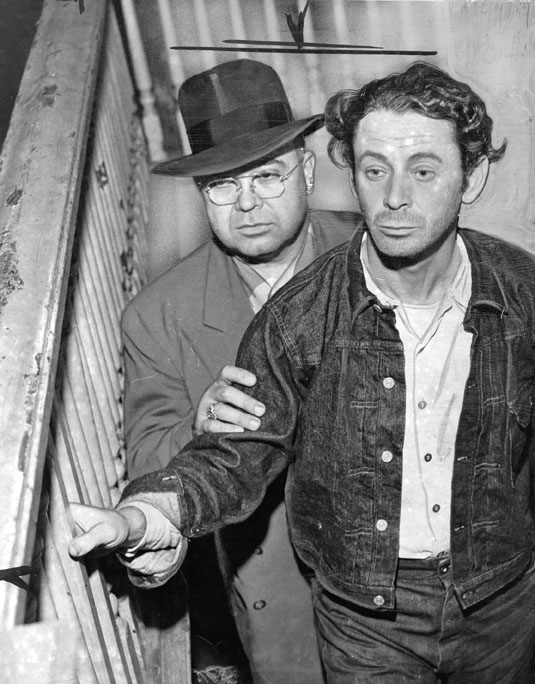
Detectives revealed that a man resembling Handler and a young woman resembling Short were seen together in a Hollywood bar and at a motel on or about the date of her murder, January 15, 1947.
One clue gave detectives hope. In Short’s purse, found several days after her murder, was the business card of a local real estate company. The same company Handler worked for.
Police abandoned a lie detector test because Handler was so distraught, they knew they would never get an accurate reading.
After several days in police custody, Handler recanted his confession. He said the reason he confessed is he wanted police protection. From whom?
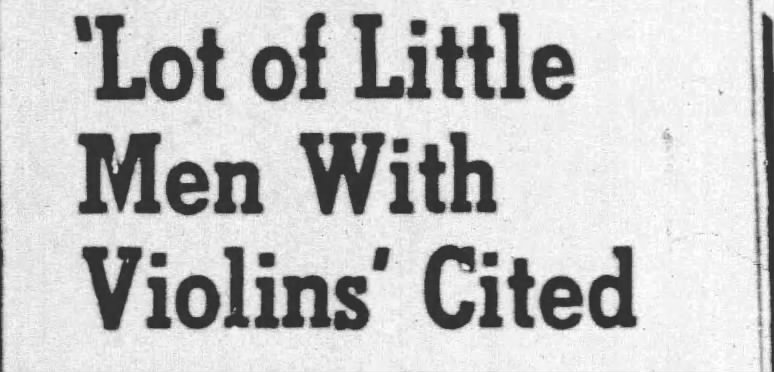
According to Handler, “A lot of little men with violins have been chasing me around. I wanted police protection. I knew they’d only laugh at me if I’d tell them about the men with the violins. So, I figured out another way to get the protection I needed.”
Detective Lieutenants Harry Hansen and Ed Barrett, referred Handler for a sanity test before the county Lunacy Commission.
The personal demons that caused Handler to confess to the Black Dahlia murder didn’t keep him from appearing in movies. He had an interesting career. He appeared in many B movies, but he also turned up in productions like The Asphalt Jungle, From Here to Eternity, and my favorite, Crime Wave. His last film credit, in 1960, is for The Adventures of Huckleberry Finn.
Handler died in 1993.
Even seventy-six years after the murder, people still phone LAPD about the case.
